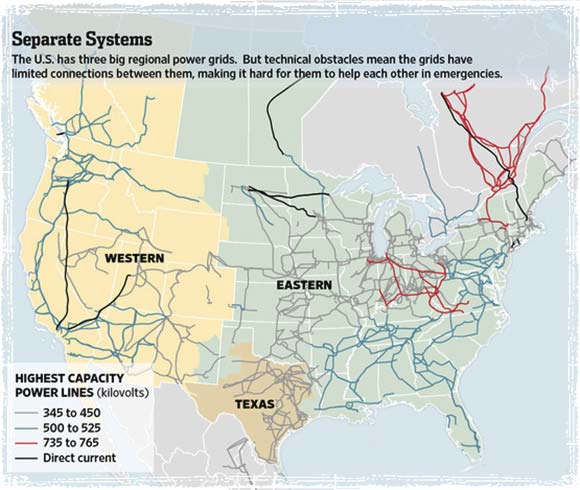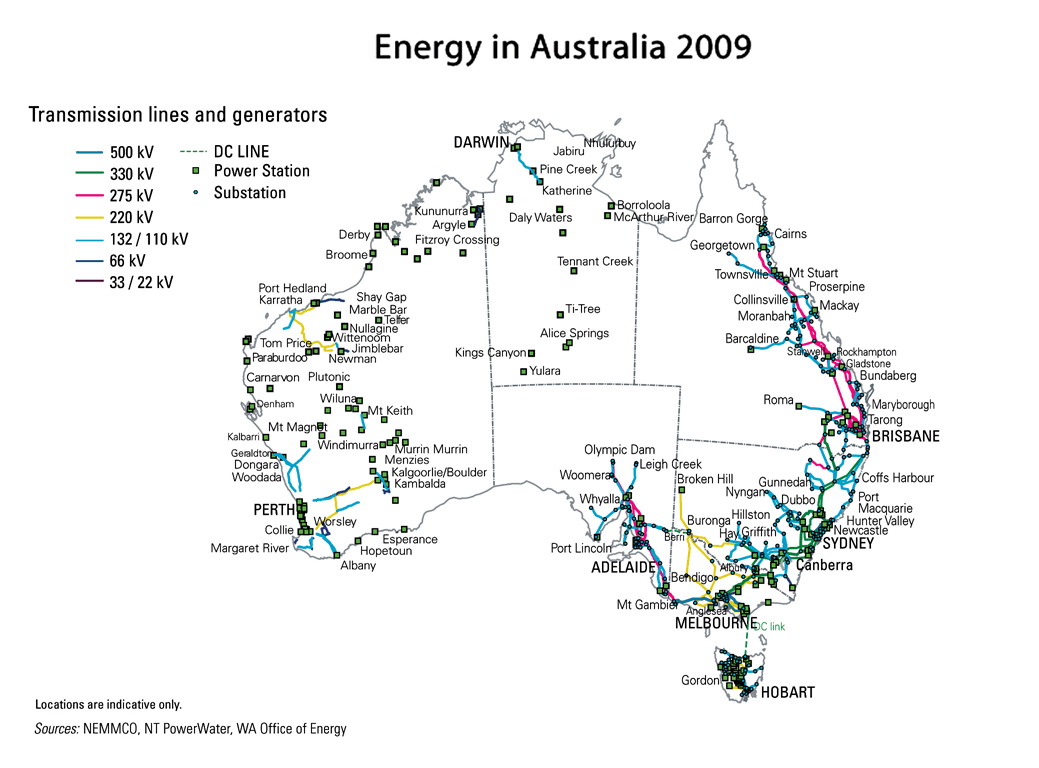
In some cases (HVDC Pacific-Intertie, HVDC CU, HVDC Square Butte and HVDC Vancouver Island), the electrode line is installed on towers of an AC line. They can be installed on separate towers or use the towers carrying the high-voltage pole(s) of the HVDC transmission where they can, as they run to ground, also serve as ground conductor, whereby they have to be fixed on insulators equipped with lightning arrestors. In ideal systems it would be o volts, but in practice it may got values until 2 kV.Įlectrode lines can be realized as overhead line or as underground cable.

It is the product of line current and ground resistance plus resistance of electrode line. The voltage level of these lines is not constant. Therefore lines, the such called electrode lines, between the grounding point and the converter stations are required. The location of grounding points, which can be situated on land or in the sea, must be chosen very carefully, in order to prevent electrochemical corrosion. The ground or a conductor grounded at a single point, which is called metallic return, is used as common return of both poles. At bipolar lines one pole has positive potential to ground and the other negative. At a monopolar transmission one pole is grounded and sometimes even the ground is used as second conductor while the other has a high potential against ground.

HVDC transmissions are either monopolar or bipolar. One calls these plants "back-to-back stations".

As this requires expensive equipment the use of DC for power transmission is normally done only in the following case: As DC cannot be transformed like AC, AC has to be transformed to the desired voltage level, rectified and at the end of the line converted into AC again.

Proposal in progress: transmission and routingĪn HVDC is a power line where for transmission DC instead of AC is used.Detailed article about power lines and power substations.


 0 kommentar(er)
0 kommentar(er)
